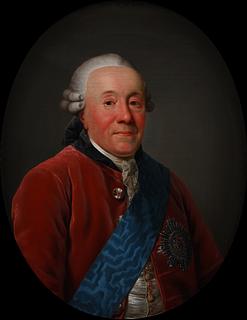Jens Juel (1745–1802)
Count Jørgen Scheel, 1781
Oil on canvas
74.5 x 58.5 cm
Inventory number B 346
Count Jørgen Scheel (1718–1786) was one of the most prominent noblemen and landowners in Denmark in the last half of the eighteenth century. He knew how to navigate courtly circles and distinguished himself as a prominent official during the reign of Frederik V. In 1742 he was given the title chamberlain, a few years later he became a member of The Privy Council, and in 1749 he was appointed a knight of the Order of the Dannebrog. During the reign of Christian VII, Jørgen Scheel was awarded the Order of the Elephant and appointed Master of the Stables – an important and prestigious position in a time when horses served as the primary means of transport.1
Jørgen Scheel had forty-one years of married life with his wife Charlotte Louise, who was also portrayed by Jens Juel in 1781 (B 345). This was by no means the first time that the couple had their portraits painted: throughout their lives, they were portrayed on several occasions by Denmark’s foremost painters, and each time they wore extremely elegant clothes.2 This portrait shows Jørgen Scheel at the age of approximately 63, wearing the red uniform jacket of a chamberlain and a brocade waistcoat underneath. He wears the Order of the Elephant, which emphasises his position among the contemporary elite.
The portrait was executed the year after Juel had returned to Copenhagen from an eight-year trip abroad. By this time he was ranked among the best portrait painters, and his work was in great demand, especially among the nobility. The fact that Juel had been appointed court painter in 1780 also caused his popularity to increase, and this was probably the reason why he was commissioned to paint the portraits of the count and countess Scheel in 1781.
Jørgen Scheel owned the Gammel Estrup manor from 1731 to 1786. It primarily functioned as a summer residence for the couple, who otherwise spent much of their time at the court in Copenhagen. But in 1782 Jørgen Scheel retired, and he spent his last years at Gammel Estrup. Hence, another version of the portrait and its pendant can be seen at the manor. In the eighteenth century, it was not unusual to see several versions of the portraits of royals and the nobility. To meet such demand, Juel – who was one of the most productive portrait painters of the time and had a workshop known as a ‘portrait factory’ – had assistants to help him.3
Lent to the exhibition
Jens Juel – Under the skin
Kunstmuseum Brandts, Odense, Danmark
February 8 - August 24, 2025
Fuglsang Kunstmuseum, Toreby L., Denmark
September 11, 2025 – January 18, 2026
Ribe Kunstmuseum, Ribe, Denmark
February 7 - May 28, 2026
Jørgen Scheel had forty-one years of married life with his wife Charlotte Louise, who was also portrayed by Jens Juel in 1781 (B 345). This was by no means the first time that the couple had their portraits painted: throughout their lives, they were portrayed on several occasions by Denmark’s foremost painters, and each time they wore extremely elegant clothes.2 This portrait shows Jørgen Scheel at the age of approximately 63, wearing the red uniform jacket of a chamberlain and a brocade waistcoat underneath. He wears the Order of the Elephant, which emphasises his position among the contemporary elite.
The portrait was executed the year after Juel had returned to Copenhagen from an eight-year trip abroad. By this time he was ranked among the best portrait painters, and his work was in great demand, especially among the nobility. The fact that Juel had been appointed court painter in 1780 also caused his popularity to increase, and this was probably the reason why he was commissioned to paint the portraits of the count and countess Scheel in 1781.
Jørgen Scheel owned the Gammel Estrup manor from 1731 to 1786. It primarily functioned as a summer residence for the couple, who otherwise spent much of their time at the court in Copenhagen. But in 1782 Jørgen Scheel retired, and he spent his last years at Gammel Estrup. Hence, another version of the portrait and its pendant can be seen at the manor. In the eighteenth century, it was not unusual to see several versions of the portraits of royals and the nobility. To meet such demand, Juel – who was one of the most productive portrait painters of the time and had a workshop known as a ‘portrait factory’ – had assistants to help him.3
Lent to the exhibition
Jens Juel – Under the skin
Kunstmuseum Brandts, Odense, Danmark
February 8 - August 24, 2025
Fuglsang Kunstmuseum, Toreby L., Denmark
September 11, 2025 – January 18, 2026
Ribe Kunstmuseum, Ribe, Denmark
February 7 - May 28, 2026
Published in
Published in
Erik Zahle: ”Billedkunst” in C.L. Davids Samling. Nogle Studier, [1], København 1948, pp. 200-201, 228, 230;
Dansk kunst og kunsthåndværk, Davids Samling, København 1972, p. 9;
Vagn Poulsen, Erik Lassen and Jan Danielsen (eds.): Dansk kunsthistorie. Billedkunst og Skulptur. Vol. 3, Akademiet og guldalderen, 1750-1850, København 1972, p. 176 and fig. 145, p. 172;
Ellen Poulsen: Jens Juel. Malerier i privat eje, Kunstforeningen, København 1982, cat. 33;
Verner Jul Andersen: Dansk kunst og kunsthåndværk, Davids Samling, 2. ed., København 1983, cat. 398;
Ellen Poulsen: Jens Juel. Vol. 1, Katalog, København 1991, cat. 214, s. 82;
Ellen Poulsen: Jens Juel. Vol. 2, Malerier og pasteller, København 1991, cat. 214, p. 136;
Povl A. Hansen: Da verdenskunsten kom til Nordjylland. Herregårdene og de ukendte malere i 1700-tallet, Odense 2021, fig. 103, p. 190;
Thyge Fønss-Lundberg og Anna Schram Vejlby: Jens Juel. En europæisk mester, København 2021, p. 339;
Footnotes
Footnotes
1.
Ellen Poulsen and Kasper Monrad: Jens Juel. Malerier i privat eje, Kunstforeningen, Copenhagen 1982, p. 12.
2.
Amongst others the portraits by Andreas Brünniche in 1753, The Museum of National History, Frederiksborg.
3.
For more information on Jørgen Scheel, see for example Kristine Dyrmann: ‘Mellem hovedstad og herregård: Greveparret Jørgen Scheel og Charlotte Louise Scheels forbrug på herregården Gammel Estrup og i København i midten af 1700-tallet’, Herregårdshistorie, 2022, pp. 34–55.
Danish Paintings and Drawings
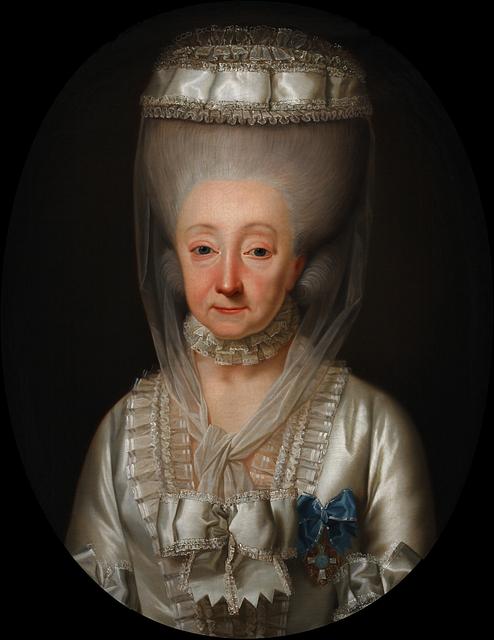
Jens Juel (1745–1802)
Countess Charlotte Louise Scheel, née von Plessen, 1781
Oil on canvas
Countess Charlotte Louise Scheel, née von Plessen, 1781
Oil on canvas
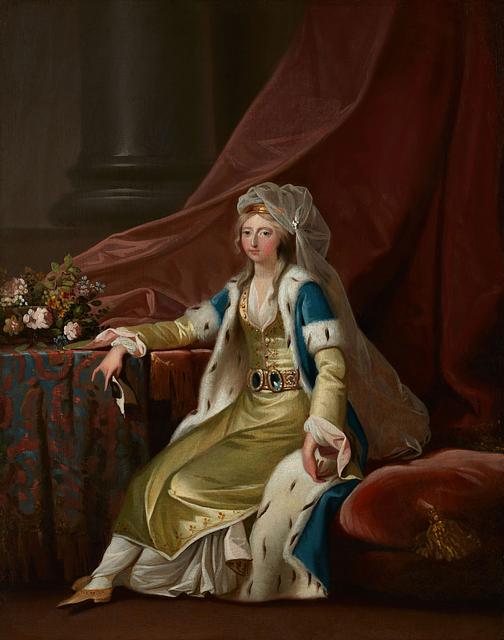
Jens Juel (1745–1802)
Princess Louise Augusta in a Turkish Costume, 1785–1786
Oil on canvas
Princess Louise Augusta in a Turkish Costume, 1785–1786
Oil on canvas
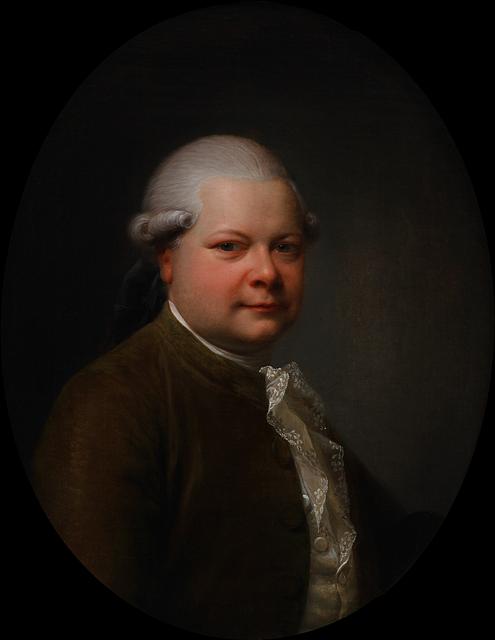
Jens Juel (1745–1802)
Chamberlain Johan Frederik Lindencrone, 1787
Oil on canvas
Chamberlain Johan Frederik Lindencrone, 1787
Oil on canvas
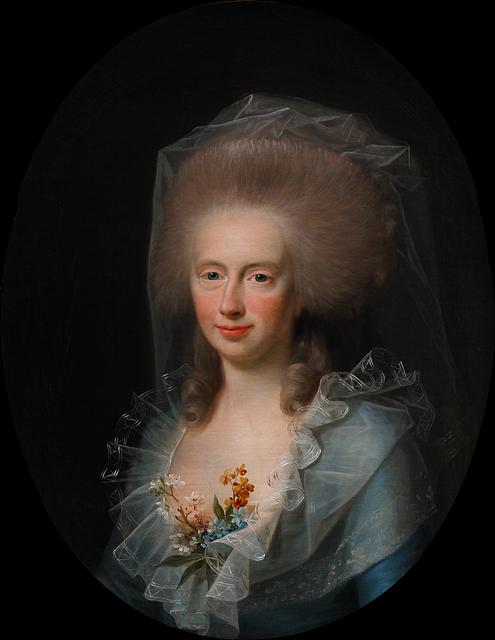
Jens Juel (1745–1802)
Bolette Marie Lindencrone, née Harboe, 1787
Oil on canvas
Bolette Marie Lindencrone, née Harboe, 1787
Oil on canvas
